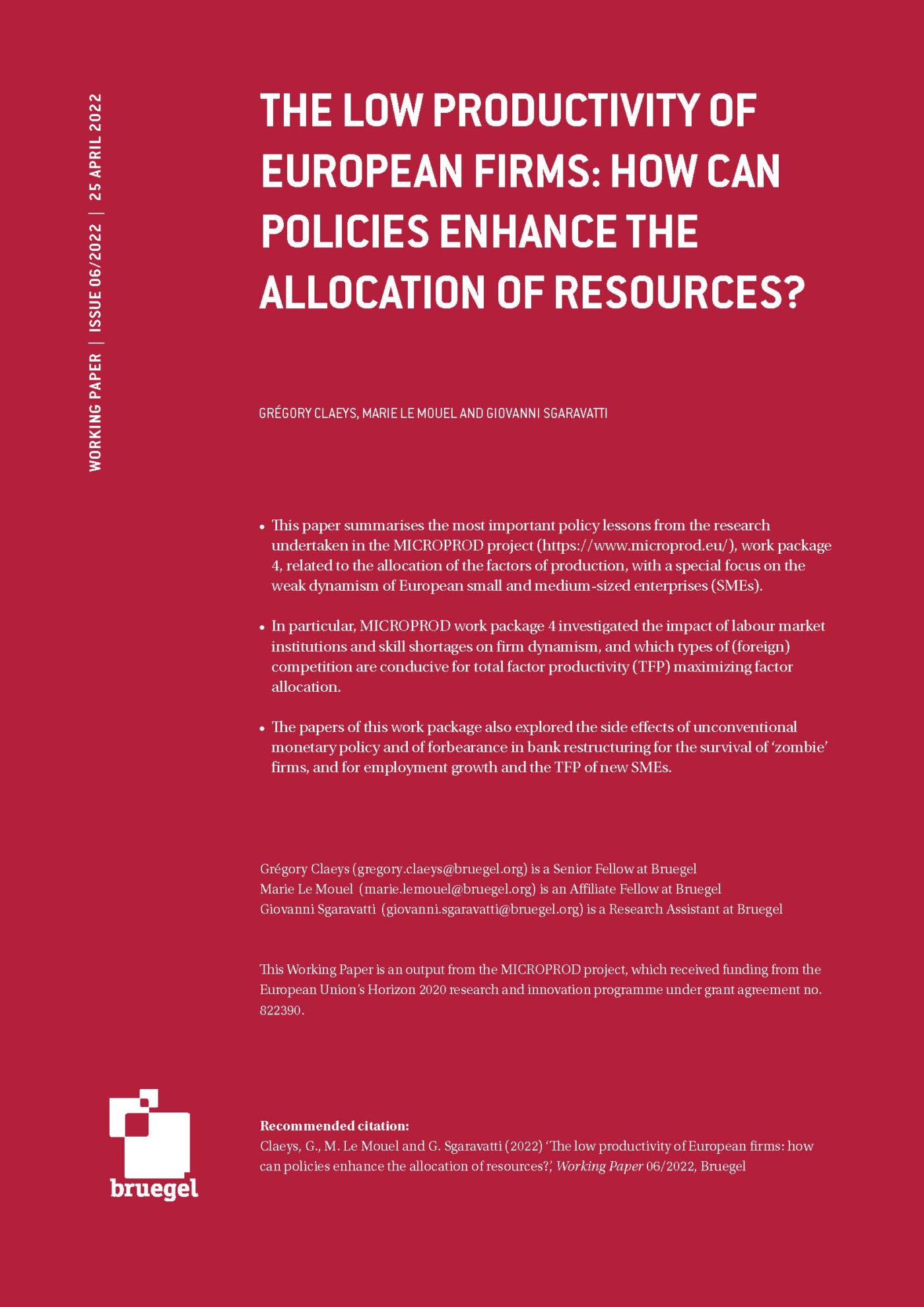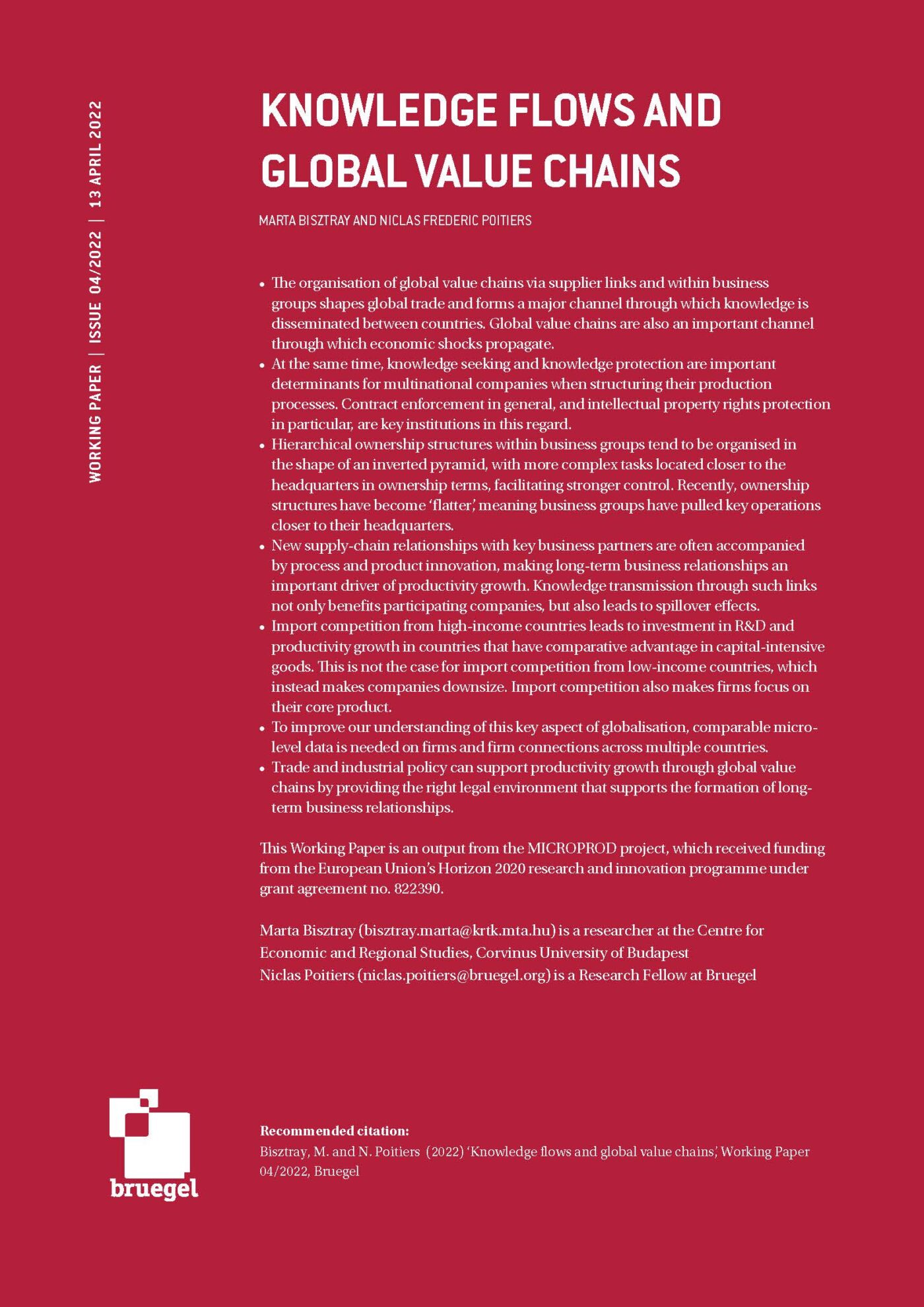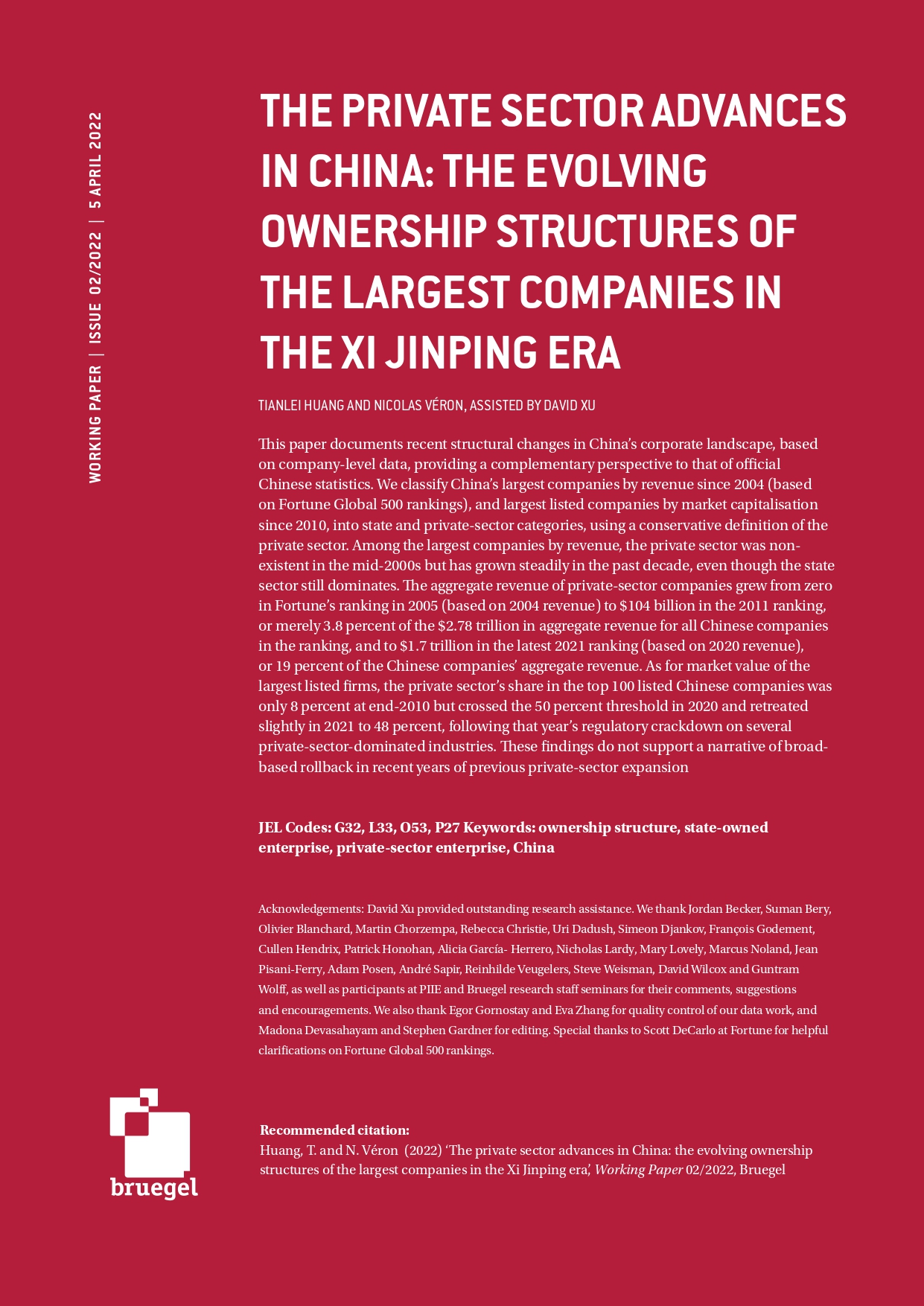Opinion
What’s the matter with Austria?
Austrian firms invested heavily in Central and Eastern Europe. They offshored the parts of the value chain that required specialized skills and produced valuable research. This resulted in lowered growth in Austria.
This op-ed was originally published in Project Syndicate.
Austria was once lauded as Germany’s more successful neighbor, one of Europe’s fastest-growing countries. But its economy has been sputtering since 2012, with GDP up last year by a meager 0.7%; only Greece and Finland performed more poorly. And Austria’s unemployment rate has soared, from 5% in 2010 to 10% today.
These developments have their origins in how Austria engaged with Central and Eastern Europe after the fall of communism. At first, Austria benefited from the European Union’s eastern enlargement. International trade soared, Austrian firms invested heavily in the region, and Austrian banks opened subsidiaries there, financing these countries’ modernization. All of this was good for business, and the Austrian economy grew rapidly.
But a hidden dynamic ultimately turned the tables on this success. Central and Eastern European countries had low per capita income, but were rich in skills. Austria, far wealthier, was not. In 1998, 16% of Central and Eastern Europeans (including Russia and Ukraine) had academic degrees, compared to just 7% of Austrians. So, when Austrian firms invested in Eastern Europe, they did not just relocate low-skilled manufacturing jobs; they also offshored the parts of the value chain that required specialized skills and produced valuable research.
According to my research, from 1990 to 2001, Austrian subsidiaries in Eastern Europe employed five times as many people with academic degrees, as a percentage of staff, as their parent firms did. They also engaged 25% more research personnel in their labs.
This relocation of research activity lowered growth in Austria and boosted growth in Eastern Europe. Research spills over to the rest of the economy, as new knowledge diffuses into commercial activities. Tapping the knowledge produced by Austrian subsidiaries was one of the ways Eastern European economies were able to grow so quickly.
Today, Bratislava, Prague, and Warsaw – the location of most Austrian subsidiaries – have higher per capita incomes than Vienna. Indeed, according to the Hungarian economist Zsolt Darvas, in terms of purchasing power parity, all three cities surpassed Vienna in 2008. This is a remarkable development, given that Vienna has served as a reference point for these capitals for centuries.
Germany’s growth was not similarly affected, for three reasons. To begin with, after the fall of Communism, Austria reoriented its foreign direct investment almost exclusively to Eastern Europe, which accounted for nearly 90% of its FDI outflows. In Germany, just 4% of FDI moved to Eastern Europe in the 1990s, reaching 30% at the turn of the century. As a result, Austria became much more integrated with Eastern Europe.
Second, Germany was richer in skills than Austria. In 1998, the share of the German population with academic degrees was 15%, more than double the Austrian level. German firms did relocate high-skilled work to the east, but not to the extent that Austria did. As a proportion of the workforce, German affiliates in Eastern Europe employed three times as many people with academic degrees as their parent firms did. And German subsidiaries employed 11% more researchers than their parent companies.
Finally, many of the Austrian parent companies were themselves subsidiaries of foreign firms, while German firms were German multinationals, which transplanted their corporate culture to their Central and Eastern European subsidiaries. They employed more German managers relative to local managers, which gave them more control over innovation. Furthermore, most German investments were based on the transfer of an established technology; only 8% of the country’s FDI in the regioninvolved cutting-edge research.
By contrast, Austrian firms adapted their business to the region’s environment and employed more local managers than Austrians. As a result, their subsidiaries were more autonomous in their innovation decisions. There was no mechanism that guaranteed that the knowledge created in a subsidiary also benefited the parent company.
If Austria is to return to its previous growth path, it will have to become more attractive as a location for innovation. And to do this, Austrian firms must employ highly qualified people in their research labs.
Educating a highly skilled workforce takes time, of course. But fortunately, Austria has another option: immigrants. Austrian policymakers could choose to follow Canada’s example and introduce a selective immigration policy that welcomes highly skilled migrants and refugees.
Austrians nearly closed the door on that option. Now they must recognize that what populists call a weakness could be Austria’s best hope for reviving growth.
Republishing and referencing
Bruegel considers itself a public good and takes no institutional standpoint.
Due to copyright agreements we ask that you kindly email request to republish opinions that have appeared in print to [email protected].











